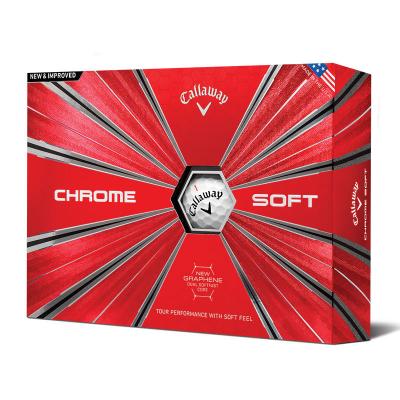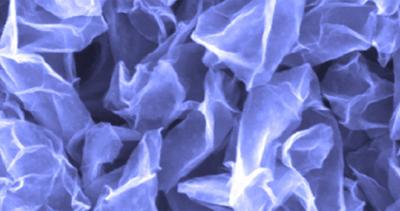Callaway launches new graphene-enhanced golf balls
Callaway Golf Company, U.S-based maker of golf equipment, unveiled new graphene-enhanced golf balls called Callaway Chrome Soft golf and Chrome Soft X golf balls. Shipping is supposed to be starting in February 2018, for about $45/dozen.

Graphene has reportedly allowed designers to push the limits of compression between the inner and outer core. A soft inner core is made to deform under large impact, and surpresses spin for maximum distance. On shorter shots, the firm graphene outer core helps the ball hold its shape, allowing for maximum spin and control. The new outer core is also designed to help the urethane cover grip the outer core, for even more spin on shorter shots.





